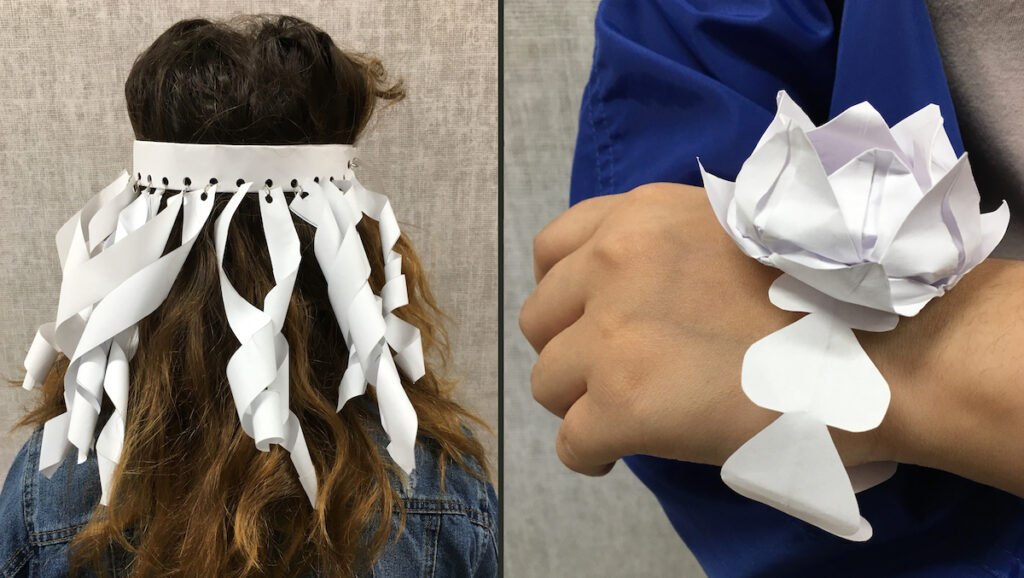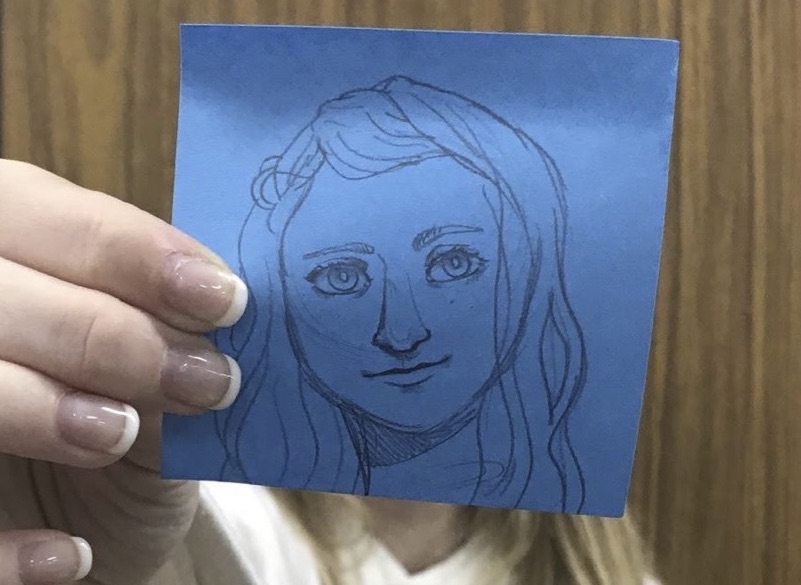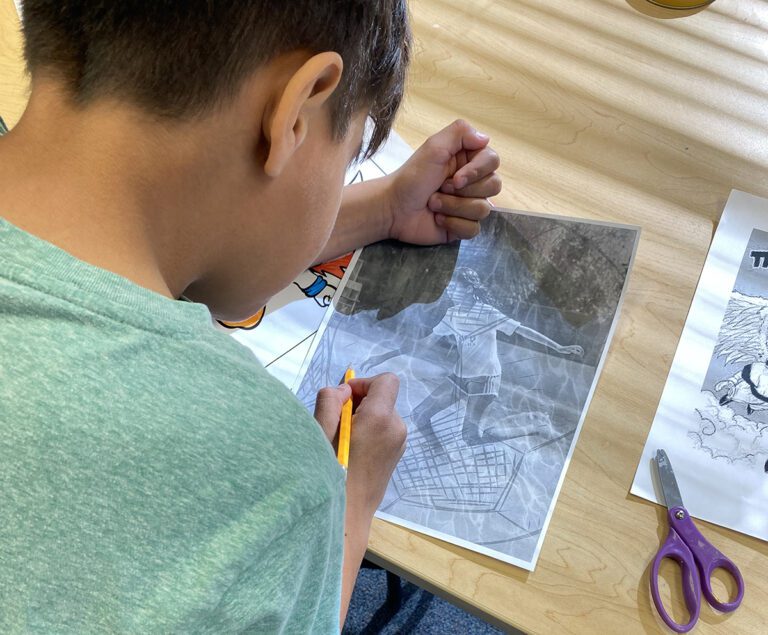When the season gets a little hairy, it’s important to take a step back and remember to not take ourselves too seriously. Especially as we get closer to final exams, or submission deadlines for AP, we could all use a break. It doesn’t always feel quite right when stopping our lesson to incorporate a game or fun activity. However, here are a few strategies and moments throughout the school year to incorporate play into the classroom that feels authentic and timely.
1. Paper Play—Beginning of the semester
We often consider ways for students to get to know each other at the start of the new school year, but this can also be a great time to set the tone for a collaborative environment all semester long. Incorporating group and class challenges into the first few days gets students thinking outside the box and working together in a low-stress, low-risk exercise. Activities that include chance, are collaborative, and provide opportunities for design-thinking remind us all that innovative thinking often comes from a place of play and curiosity. It’s super exciting to see what students create with some very specific constraints, but endless opportunities for creativity.
How does it work?
Have students work in partners to create a wearable artwork solely (well, mostly) out of paper. At the end of a given set of classes, have students vote on the works and award prizes for most creative, most likely to be worn out of class, most elaborate, etc. This kind of collaborative work sets a positive tone for the remainder of the semester and costs little to nothing out of your budget but has significant payback as you get to know each other and the studio.

Learn More About FLEX Curriculum. Curate your own curriculum from a library of curriculum materials, including lessons, videos, resources, and assessments.
2. Post-it Portraits—In the middle of long-term projects
When students are hyper-focused on a three-week still life, or you are spending several days in a row teaching a topic, it’s time to toss in a moment of play. This does not mean you are turning on Netflix for a day! Consider quick and fun one-day projects related to the curriculum you are teaching, provide an out-of-the-box experience, and help students connect to something beyond their paper.
How does it work?
Students draw their peers on a sticky note, then take a photo with their peer’s head replaced with the drawing. Something as quick and simple as this activity allows students to get out of their seats, out of their heads, and engage with others. The media is not only relevant to what they are currently working on, but they also get to see how display and documentation could change their outlook on their artwork.

3. Pick-a-Prize—After final exams
Final exams can be a stressful time for both teachers and students. When students are up until two in the morning cramming for their physics final, or we are trying to clean the studio and grade all the artworks and reflections, it’s time for a little brain break. Dollar stores are a great resource to purchase a mass quantity of fun toys for very little money. The dollar section of Target is a great area to peruse regularly. Festive and inspirational pencils, skeleton eraser toppers, mini generic play-doh, even small bubble wands go a long way with students.
How does it work?
After a student submits their final exam, offer them a prize from your bin. You’ll find that even the “coolest” of students can’t help but laugh and play, releasing some stress and tension. Who knows, they might just ace their physics final after five minutes of calming their brain, thanks to you!

Getting bogged down in the daily grind is not great for students or teachers. When you feel like everyone is taking themselves too seriously, toss in some activities that rejuvenate and refresh the soul. Teenagers are still kids, after all! Take a moment to pepper in those timely and authentic experiences to break up the monotony and stoke creativity in the classroom.
In what ways do you incorporate play into your classroom?
What are some strategies you use to break up the monotony and refresh the energy?
What other times throughout the school year do students and teachers seem to need play the most?
Magazine articles and podcasts are opinions of professional education contributors and do not necessarily represent the position of the Art of Education University (AOEU) or its academic offerings. Contributors use terms in the way they are most often talked about in the scope of their educational experiences.






